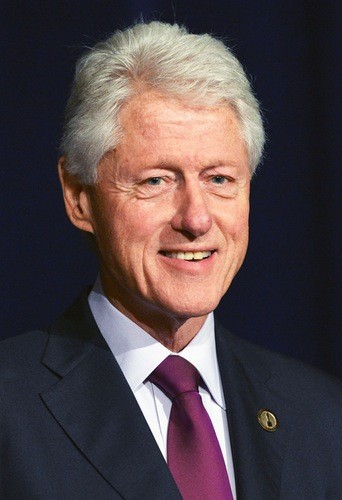“Dr. [Manoj] Jain … provided his estimates on cases and hospitalizations thru December and believes we will see an average of 230 daily new cases and a 240 daily hospital average in July; 360 and 360 in August; 500 and 550 in September; 620 and 700 in October; 670 and 780 in November; and 620 and 740 in December.”
This is from a media briefing I received on July 3rd on the Shelby County COVID-19 situation. To say it is sobering is an understatement. If these numbers are anywhere near on-target, it’s clear that we will be dealing with this nightmare of a pandemic well into 2021, with around 95,000 cases in Shelby County by year’s end. All the blue-sky talk about schools opening and football and basketball seasons beginning looks a little sketchy right now. We are already matching Dr. Jain’s projected July numbers and then some, hitting 400 new cases on some days.
 New Jersey State Police
New Jersey State Police
In early May, after several weeks of a “stay at home” mandate, Shelby County’s infection rate dropped to 4 percent and its new case numbers were leveled off. We flattened the curve. Now, two months later, the infection rate is consistently over 10 percent — and rising steadily, week over week. We got the horse into the barn for a little while, then we opened the door and said “Please don’t go into the pasture, Nelly.” That policy of hoping for self-restraint has been an epic failure. Mainly because too many Americans resemble the back-end of a horse, including our president.
It’s not like there isn’t a blueprint for how to stop this thing. Most countries figured it out and are now getting back to normal life, while in the U.S. we’re looking at another six months of pandemic. In New York and New Jersey, state leaders, led by Governor Anthony Cuomo, also figured it out: Test as much as possible, lock down everything, trace every infection, keep the public informed with daily briefings. Even so, New York was filling truck trailers with bodies and turning non-COVID patients away from hospitals before it got the disease under control. Most New Yorkers are still wearing masks. They learned their lesson.
Unfortunately, there is no Governor Cuomo in sight below the Mason-Dixon line. Hospitals are already near or at capacity in large areas of Texas, with infection rates climbing every day. Houston, the nation’s fourth-largest city, is about to look like New York did in March. Florida’s infection rates and death totals are surging, with many more to come. Meanwhile, here in Tennessee, Governor Bill Lee stands on the capitol steps shouting, “Nelly, come home!” as the state he “leads” lurches into the top 10 of infection rates nationwide.
In 1992, Democratic strategist James Carville coined the phrase, “It’s the economy, stupid,” while managing Bill Clinton’s campaign against George Bush the Elder. Bush had led the country in a brief but popular invasion of Kuwait, and his popularity stood at 90 percent afterward. Then the economy slipped, all other issues faded in importance, and Clinton took the presidency — though it didn’t hurt that mavericky Ross Perot siphoned off some GOP voters from Bush.
Now, almost 30 years later, the American economy is a dumpster fire, due almost entirely to the pandemic. It simply won’t recover unless this disease gets put back in the barn. The two are inextricably interlocked. Statues are a diversion. Antifa is a diversion. “Riots” are a diversion. “Leftist protestors” are a diversion. Donald Trump’s racist tweets and daily incoherence are a diversion.
It’s the pandemic, stupid.
Nothing gets back to “normal” until we beat this thing. If, instead of raging about statues while standing beneath Mt. Rushmore, the president had made a simple plea for all Americans to wear masks, he would have saved countless lives in coming weeks — and, ironically, likely improved his election chances.
Investment firm Goldman Sachs just released a study showing that a national mask mandate would raise the number of people who wear masks by 15 percent and would lower the infection rate nationwide to .6 percent. This is no bleeding-heart liberal dogma. Goldman Sachs is advocating a mask mandate for purely capitalistic reasons: It would prevent the country from having to shut down the economy again. Goldman Sachs says masks are good for business.
As has been made abundantly clear, there will be no national leadership on the COVID front. States and cities are on their own. You and I and our friends and family are on our own. Mask up. Our health — and our economy — depends on it.
